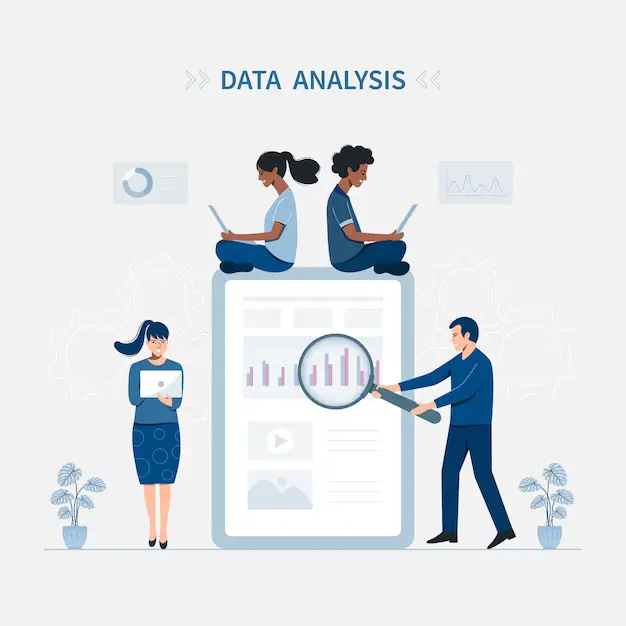What is Search-Driven Analytics?
One of the core features of a data analytics package is usually the dashboard. This gives users access to insights and data from a variety of sources.
Unfortunately, one of the biggest challenges that come with using a dashboard is trying to sift through the available information. This can be especially problematic at businesses that are generating hundreds of insights on a daily basis. So how exactly does someone get right to what they need without sifting through numerous reports or going down an alphabetized list?
What is Search-Driven Analytics Used For?
An answer that’s growing in popularity is search. This is not search in the sense that you’re familiar with from Google, although it operates much in the same way. Instead, we’re talking about a search-driven system that allows users to type in everyday sentences to get results from your data.
For example, someone might go into the dashboard and type in “How many customer service calls did we take in 2019?” The backend for the dashboard will understand the query and return a list of results that are ranked from most relevant to least. Within seconds, the user can click on the appropriate analysis product and find the information they need.
How Does Search-Driven Analytics Work?
The engine that drives most search-driven technology is natural language processing (NLP). A technology that has been around since the 1950s, NLP has become vastly more powerful in the last decade due to increases in parallel processing in CPUs and GPUs.
An NLP system is usually designed to take a corpus of words to help a machine understand the basic ideas that underpin each bit of a dataset. When a user types in a search, the NLP algorithm will compare the search query against the scores it has for each dataset. Those datasets that look the most likely to match are then returned as a result.
Especially in settings where organizations have narrow interests, NLP can be very powerful and precise. A logistics firm, for example, might have an NLP setup that can answer questions like:
- “Where are all current shipments from Asia?”
- “How long does the average delivery take?”
- “What were the company’s fuel costs for January?”
These are extremely natural questions for a user to want answered, and the search-driven dashboard can address them with ease in the vast majority of cases.
The Role of Data Visualizations
Another benefit of this approach is that data is usually fed straight into the dashboard in the form of visualizations. If you enter a query to see how many widgets were sold each month, you can click on the right item and a graph of widget sales will appear on the right-hand side. There’s no need to run an analysis engine or load anything into Excel to get a viable work product. It simply appears in a matter of seconds.
Why Use This Approach?
The beauty of a search-driven system is that it can help users browse through data, create ad-hoc reports and make decisions on the fly. If someone needs to pull up the total for all store inventories of a handful of items within a retail chain, for example, they can type that into the search bar and get an answer in seconds. They can then see the data, produce any necessary reports or paperwork and move forward with their task of refilling inventory levels.
Notably, this approach makes it much easier for less tech-savvy individuals to follow the data. In turn, that frees software engineers and data scientists within your organization to focus on building more robust systems, working with data and fixing advanced problems.
Conclusion
In the modern data-driven culture, a lot is made of onboarding people. Just 5 or 10 years ago, that often meant excluding those who lacked the technical expertise to function in a data-driven business setting.
The increasing ease of access to data due to tools like search-driven analytics makes it possible to bring more people on board. Likewise, it allows users to get their answers quickly rather than trying to navigate through complex interfaces. Search-driven analytics allows organizations to be more efficient and effective in leveraging the data they have access to.












